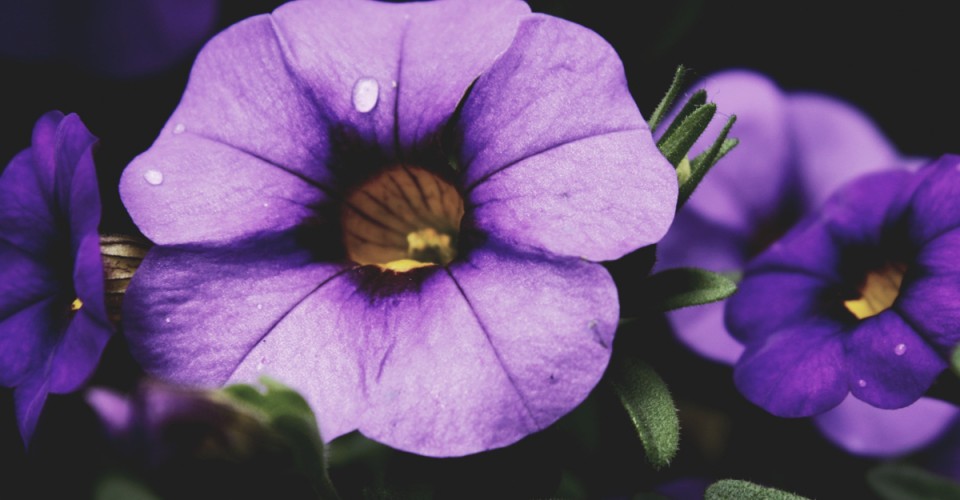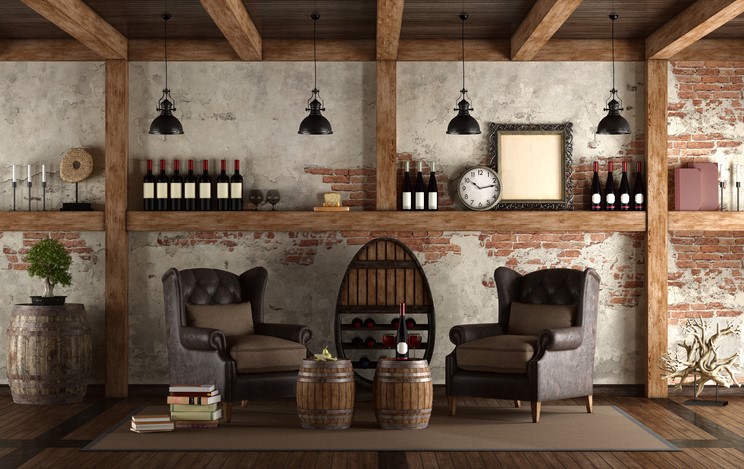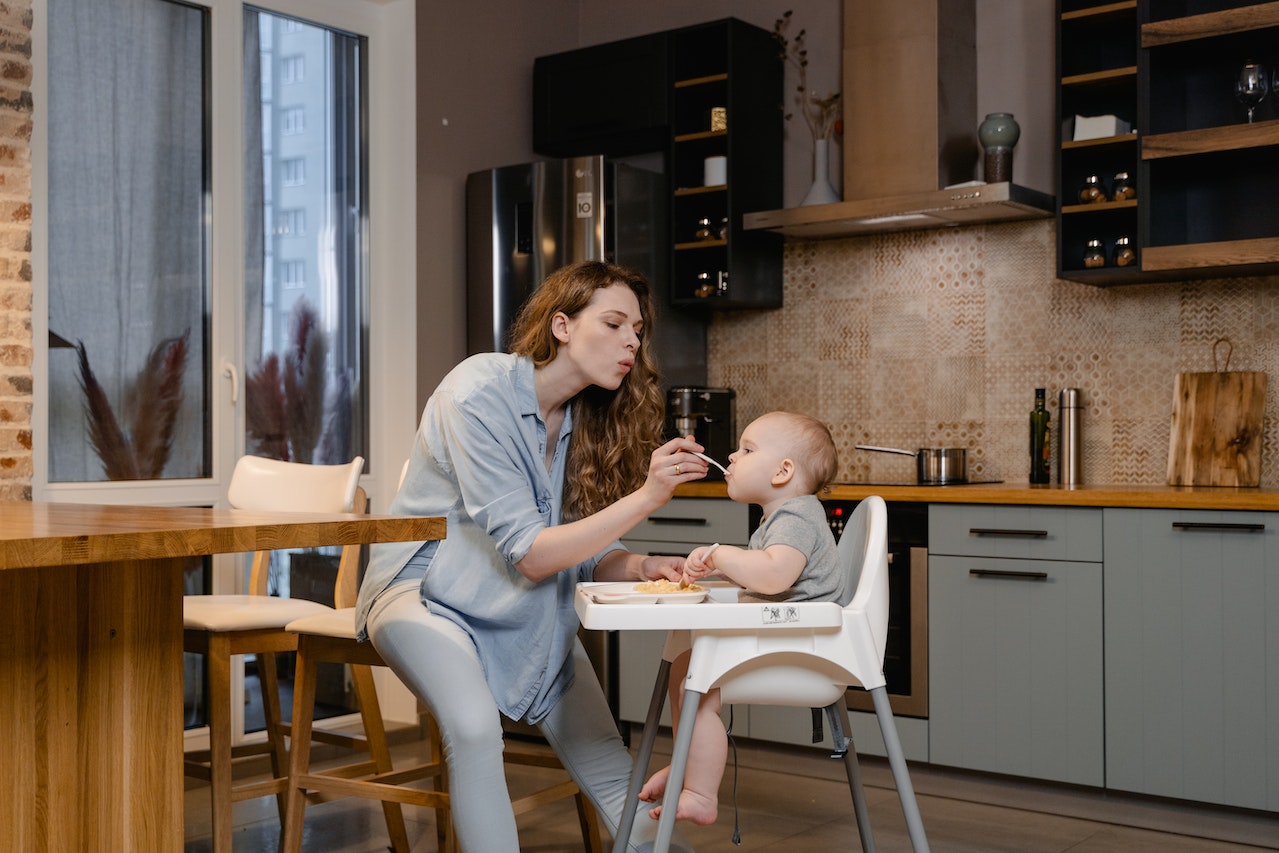Whether your garden consists of small containers on your deck or raised beds in the yard, every gardener should be knowledgeable about organic composting material. Compost soil, the “black gold” that is created from decomposing organic material, acts as nutrition for the plants. Think of it like a vitamin: plants grown in soil with added compost perform better. Composting can benefit the environment as well. Removing table scraps, coffee grounds and other organic material from your garbage can will reduce landfill material. Luckily for you, setting up a compost station in your yard is easy and inexpensive.
Best ingredients for your compost
- Green Materials: Nutrient-rich green materials such as grass clippings, flowers, discarded vegetables, fruit rinds and plant-based food scraps. Never use animal proteins or bones. (see full list below)
- Brown Materials: Carbon-rich brown materials like dried leaves, branches, straw, newspaper and wood chips (see full list below)
- Water: you’ll water the layers to add moisture for breaking down the ingredients
- Garden Soil: your existing garden soil is fine to use
- Animal manure: this is optional. Despite appearing brown, animal manure (from herbivores only) is very high in “green” nitrogen-rich materials and serves as an excellent natural fertilizer for plants. Many local zoos actually sell zoo poo: a mixture of elephant, zebra or other plant-eating animal manure local gardeners swear by. Never use manure from meat-eating animals.
- This material list was compiled by Earth Easy:
|
Material
|
Carbon/Nitrogen
|
Info
|
| table scraps |
Nitrogen
|
add with dry carbon items |
| fruit & vegetable scraps |
Nitrogen
|
add with dry carbon items |
| eggshells |
neutral
|
best when crushed |
| leaves |
Carbon
|
leaves break down faster when shredded |
| grass clippings |
Nitrogen
|
add in thin layers so they don’t mat into clumps |
| garden plants |
—
|
use disease-free plants only |
| lawn & garden weeds |
Nitrogen
|
only use weeds which have not gone to seed |
| shrub prunings |
Carbon
|
woody prunings are slow to break down |
| straw or hay |
Carbon
|
straw is best; hay (with seeds) is less ideal |
| green comfrey leaves |
Nitrogen
|
excellent compost ‘activator’ |
| pine needles |
Carbon
|
acidic; use in moderate amounts |
| flowers, cuttings |
Nitrogen
|
chop up any long woody stems |
| seaweed and kelp |
Nitrogen
|
apply in thin layers; good source for trace minerals |
| wood ash |
Carbon
|
only use ash from clean materials; sprinkle lightly |
| chicken manure |
Nitrogen
|
excellent compost ‘activator’ |
| coffee grounds |
Nitrogen
|
filters may also be included |
| tea leaves |
Nitrogen
|
loose or in bags |
| newspaper |
Carbon
|
avoid using glossy paper and colored inks |
| shredded paper |
Carbon
|
avoid using glossy paper and colored inks |
| cardboard |
Carbon
|
shred material to avoid matting |
| corn cobs, stalks |
Carbon
|
slow to decompose; best if chopped up |
| dryer lint |
Carbon
|
best if from natural fibers |
| sawdust pellets |
Carbon
|
high carbon levels; add in layers to avoid clumping |
| wood chips / pellets |
Carbon
|
high carbon levels; use sparingly |
How to create the best compost pile
Layer your ingredients in the following manner:
- Add several inches of the dry brown material to the bottom of the pile
- Add several inches of the moist, green material on top of the brown material
- Add a thin layer of soil
- Water this first layer until it is wet but not soggy
- Repeat the layering of dry, wet, soil, water in that order. The dry material will help drain the moisture, the wet material will activate the decomposition process.
- If you add animal manure, add it with your other green material.
- Every couple of weeks turn the pile with a pitchfork or shovel, mixing the layers and bringing material from the outer edges inward. The pile should generate heat and eventually you should start to see earthworms in your pile.
- The “black gold” or dark soil that is created can be removed and mixed into your existing containers and vegetable gardens. Always add compost to existing soil
Keep your compost balanced
The healthiest ratio for your compost pile is composed of more carbon than nitrogen. Balance your compost pile with 2/3 brown, carbon-rich materials and 1/3 green, nitrogen-rich materials. According to Earth Easy, “The bulkiness of the brown materials allows oxygen to penetrate and nourish the organisms that reside there. Too much nitrogen makes for a dense, smelly, slowly decomposing anaerobic mass.”
Keep your compost hot
Maintaining the right temperature for your compost pile does several things. First, it helps break down the organic materials in an efficient manner. Second, with the right temperature your compost will kill unwanted items such as weed seeds. The middle of the pile should be about 130′ – 150′ degrees Fahrenheit. It takes 30 days at 140’F to kill weed seeds.
Establishing your compost pile
There are several different ways to set up your composting pile. Ideally your compost will sit directly on soil so that organisms, like worms, can have access to your compost pile and assist with the breakdown process (and add valuable nutrients in the process). See the list below for the pros and cons of each method of composting.
Sheet composting
Sheet composting is very easy and works well in small spaces. In an un-used area of your soil, dig a trench about 1 foot deep. Add your organic compost ingredients and cover with a layer of soil. Over time this material will break down and create a trench filled with compost-rich soil.
- Pros: easy, fast, inexpensive. This is also a great way to break down large amounts of one type of material, like a large pile of leaves or grass clippings.
- Cons: subject to pests and pets
Open composting
Create a 3 foot by 3 foot area in your yard and add your compost materials directly on to the soil. For easy mixing, some gardeners choose to create a short, walled barrier to contain the mixture but this is not necessary. After layering your mixture you can cover the materials with a tarp. This will keep the odors in, the rain out and add heat for the activation process.
- Pros: easy, inexpensive, allows you to create several piles in your yard
- Cons: pets and pests might have access to food scraps and could easily get into the pile, if not covered too much rain can saturate the mixture, odors may escape, could be unsightly
Compost bins
There are many compost bins on the market today. Make sure that your compost bin is designed for easy mixing, good oxygen circulation, drainage and retrieval of the compost soil. Look for one that has a tumbling mechanism – this will be the easiest way to thoroughly mix the ingredients and distribute them for better activation.
- Pros: the self-contained bins protect your compost from unwanted pests, odor, and rain making it a great choice for climates with seasonal changes. The enclosed bin generates more heat and will therefore create soil faster than an open method.
- Cons: cost is really the only downside to this method. Bins range in price from $100 on the low end to over $300 for a high-quality model.
To look for a landscaper or gardener in your neighborhood, find one on Porch.




